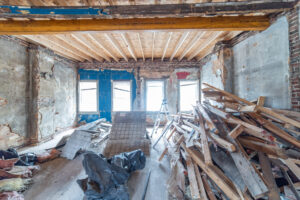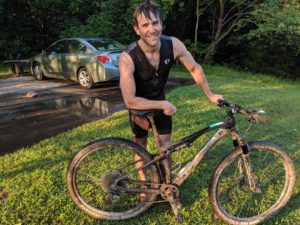Reflect, Refocus, Renew: Goal-Setting to Keep Going
Want space to reflect on your recent year to be ready to pursue more of what you want in life?
It is hard to reflect, even for an evangelist of goal setting.
I felt like I didn’t have the energy and time required to sit down and actually do it. And of course, there is my daunting inner voice reminding me that my goals were too MANY and too BIG, not to mention I am a sham to set them in the first place. The tension ambition creates can be a real drag… or, as I am learning, a welcome friend.
It took me a few days of finding other, more important things to do, including taking down the holiday decorations and searching for window treatments. Alas, I set my tomato timer and began. Twenty-five minutes disappeared into two hours and gave me renewed energy.
I am not a SHAM, and I have even more clarity for bigger and SMARTER goals in the year to come.
Write for goal-setting
On the reflection side, it was helpful to have well-written goals. It was easy to assess whether I had succeeded in, missed the mark toward, or completely abandoned the journey to where I want to be.
The successes felt good and gave me ideas for new sights and the paths to pursue them. For example, new and better internal operating systems for the agency are already helping my own ease and enjoyment of work and adding value to clients. I can’t wait to develop more ways to make the job of art easier for all parties.
Overcome the feeling of falling short
The missed marks were a bit cringe-worthy but helpful. I realized that maybe my ambition was running ahead of my resources, or my path to getting there was not optimized. You haven’t heard our forthcoming Life Behind the Artist podcast yet, but we have had some great conversations about business and the vocation of culture production that we can’t wait to share with you. Time to produce is no joke, especially when sponsors and advertisers are not yet paying for it.
The abandoned goals were a surprising combination of “DAMN, what was I thinking” and “DAMN, what did(n’t) I do.” I had defined some things I thought I wanted to accomplish but, in reality, had no inner desire to get there. Like, what was I thinking? I wanted 11% body fat, all that time in the gym, and, more fretfully, strict nutrition.
And on the “what didn’t I do” front: I stayed in the comfort of my longtime consumer-friendly bookkeeping software rather than toil with the business-powered bookkeeping software we need. Even the (mildly painful) admission of failure is valuable for me to move forward.
Reflective goal-setting aligns your momentum
Overcoming the momentum to step into reflection can be hard, but there is significant energy to be gained toward what you truly want in life.
If you feel challenged in setting goals for yourself and your business, or you are struggling to know what to reflect on, consider reaching out. We regularly have free virtual professional development sessions, including on goal setting.
We also have hot coffee/beverages to offer along with our conversation about what you want in life.
Banner Art Credits: Winter in the Country, c. 1858, by American painter George Henry Durrie, is an oil on canvas piece capturing the quiet resilience of rural life in 19th-century New England. Known for his seasonal landscapes, Durrie’s work blends nostalgia with meticulous detail, showcasing a snow-laden homestead nestled in serene isolation. This work captures the theme of reflection—like winter inviting stillness to pause and reassess priorities. Digitally interpolated here, the painting bridges the pastoral simplicity of its time with the modern impulse to find clarity and purpose amidst life’s sometimes loud and overwhelming busyness.



